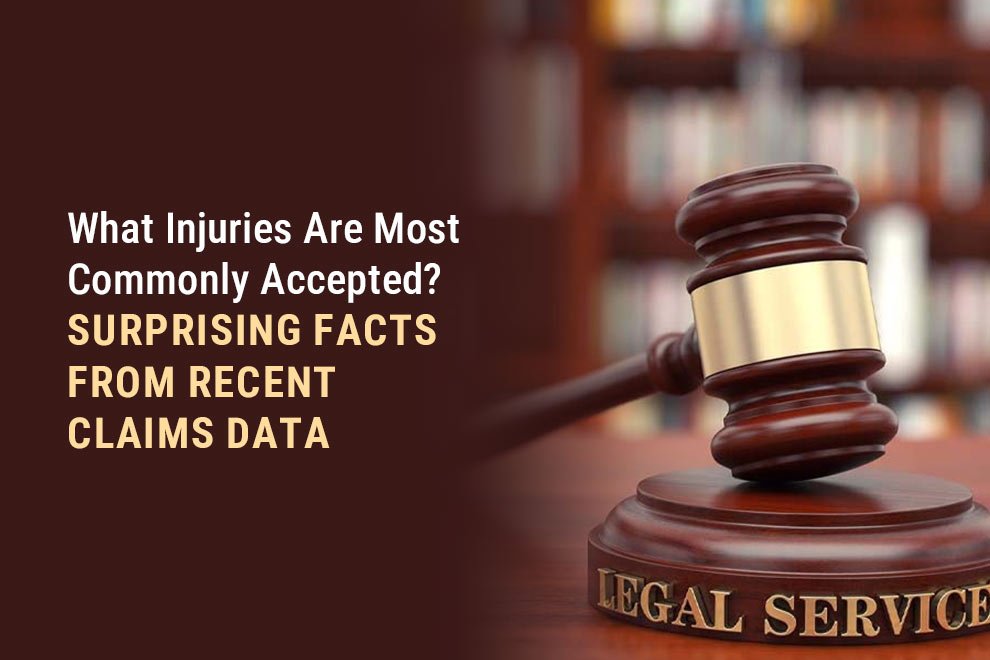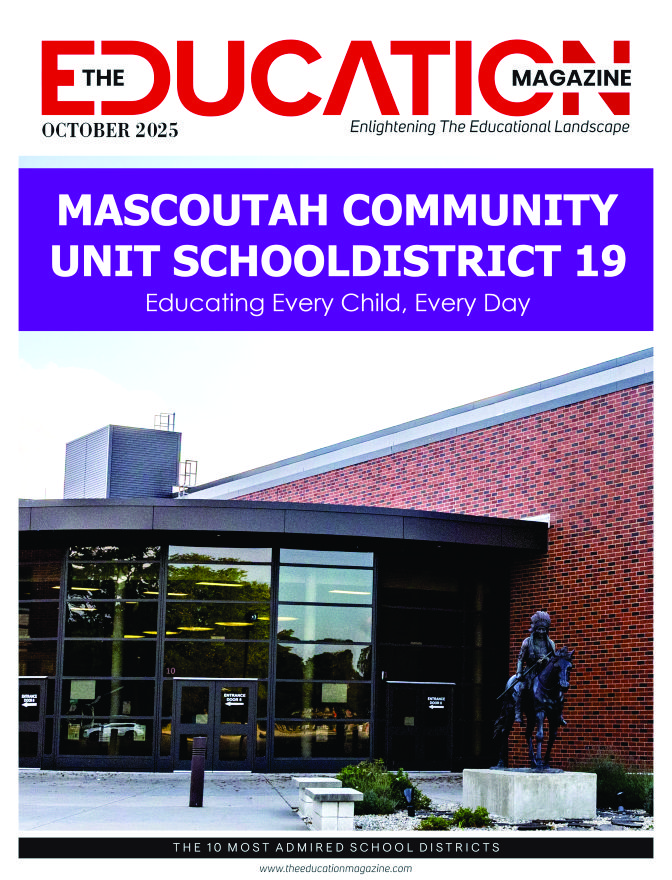Think workers’ comp is all twisted ankles and paper-cut melodramas? Spoiler alert: Australia’s claims landscape is far juicier-and occasionally more bruising-than you might guess. Recent Safe Work Australia data reveal where the real (and really expensive) pain points lie. Grab a cuppa and let’s unpack the findings, plus why savvy employers and injured workers alike are turning to comprehensive legal services sooner rather than later.
Key Takeaways
- Body stressing injuries (sprains, strains and other musculoskeletal mayhem) still wear the crown, clocking 32.7 % of serious accepted claims.
- Four mechanisms-body stressing, falls/slips, hits from moving objects and mental stress-make up 80 % of all serious claims.
- Mental-health claims now account for 10.5 % of accepted cases and sideline workers for five-plus times longer than physical injuries.
- Falls from height fatalities have rocketed 71 % in a single year-proof gravity still enjoys a practical joke.
- Eliminating work injuries could add $28.6 billion to Australia’s economy each year-not too shabby for simply staying in one piece.
The Big Five Accepted Injury Categories
Safe Work Australia counted 139,000 serious workers’ compensation claims in 2022-23, and five injury types consistently hog the limelight: body stressing, falls/slips/trips, being hit by moving objects, mental stress and vehicle incidents. Body stressing alone racks up nearly one-third of claims-often courtesy of heroic attempts to lift that box labelled “light-ish”. Meanwhile, falls and moving-object mishaps flock to construction, warehousing and manufacturing like seagulls to hot chips.
Mental Stress: The Silent, Expensive Epidemic
“Mental-health claims now keep Aussies off the job five times longer than any pulled hamstring could dream of.”
Psychological injury claims-burnout, bullying and the like-are rising faster than the Monday-morning coffee queue. In 2022-23 they made up one in every ten serious claims, yet they’re the heavyweight champ of lost time. Average absence? North of 30 weeks. Add in medical bills, premium hikes and the odd therapy llama, and employers quickly discover that mental harm is no soft-cost side note. Regulators have noticed, too: SafeWork NSW is now brandishing infringement notices for businesses that won’t address psychosocial hazards.
Humorous aside: if your workplace wellness program starts and ends with free bananas, it might be time for an upgrade.
Hidden Trends That Could Trip You Up
Age, Gender and Industry Twists
While twenty-somethings dominate Friday karaoke, the 45-54 age group leads serious claim rates-and recovery slows as birthday candles multiply. Female workers lodge proportionally more mental-stress claims than blokes, whereas men still monopolise the classic “hit by moving forklift” saga. Healthcare, transport and construction sectors remain claim magnets (who’d have guessed that wrangling hospital beds, semi-trailers and scaffolding is physically demanding?).
The Great Fall-Down
Falls from height carved an ugly notch in the 2023 fatality tally-29 deaths versus 17 the year before. That 71 % leap shows ladders haven’t read the safety memo. Regulators from Darwin to Hobart are cracking down, so expect more spot-checks and fewer excuses like “I was holding the ladder with my mind”.
Claim Accepted or Rejected? Your Five-Point Cheat Sheet
Below is the one and only listicle you’ll find in this article. Print it, laminate it, and maybe frame it next to the footy tipping leaderboard.
- Report early, report accurately – delay is kryptonite; fuzzy timelines invite rejection.
- Medical evidence is king – think detailed GP notes, not “Doctor Google” print-outs.
- Witness statements – the more eyes (and smartphone videos), the merrier.
- Prove work-relatedness – show the injury arose out of or in the course of employment; weekend DIY mishaps need not apply.
- Employer’s WHS record – a documented hazard (and no remedial action) can turbo-charge acceptance odds-and your boss’s blood pressure.
Break any of these rules and your claim might join the rejection pile faster than you can say “ergonomic desk assessment”.
Conclusion
Australia’s accepted claim stats aren’t just fascinating-they’re a flashing neon sign telling employers to double-down on prevention, and reminding injured workers to marshal airtight evidence. Ready to turn sobering facts into safer workplaces or to pursue a rightful payout? Conrad Curry stands ready to help, armed with wit, empathy and the legal firepower you need.
(Now, please step away from that precarious swivel chair-your future self and the national GDP will thank you.)
Also read: How Investigators Catch Fake Health Insurance Claims










